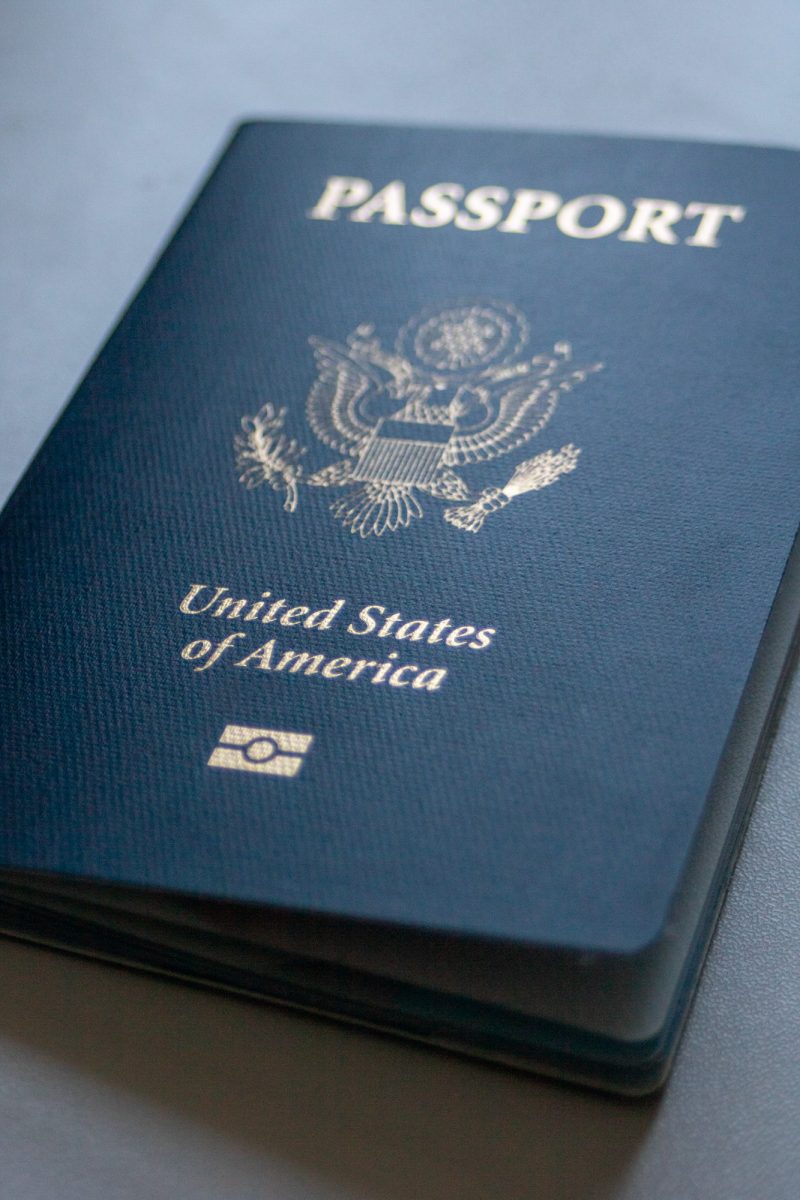A new federal government report on violent crimes on college campuses has found that a plurality of attacks was triggered by a romantic relationship.
The report, published three years after a student killed 32 people and himself on his Virginia Tech campus, looked at 272 incidents of “targeted assault” from 1900 to 2008. Its aim was to provide “a collaborative effort to understand the nature of this violence and identify ways of preventing future attacks that would affect our nation’s colleges and universities,” the report said.
To this end, the report &- the result of an endeavor by the United States Secret Service, the United States Department of Education and the Federal Bureau of Investigation &- looked at the triggers of violent crimes, the behaviors leading up the crimes and whether other people noticed warning signs before the crimes were committed.
It found that those around the attacker saw “concerning behaviors” like stalking and threats only 31 percent of the time. It also found that knives and firearms were the most frequent weapons of assault, and that only three percent of attackers moved between buildings on or off campus. The Virginia Tech shooter falls into that minority.
In addition to romantic relationships, other motivations for the attackers’ actions included retaliation, obsession and academic stress. Generally, the report said, the violence was targeted at the persons the attacker perceived as responsible for personally hurting them.
Boston University spokesman Colin Riley said that the administration’s understanding reflects this.
“Our experience is that generally people know each other. It’s unusual when on-campus crime is by unknown [persons],” he said.
This crime is usually triggered by “common things, sometimes friction between people,” Riley said, “but there are not large numbers of violent crime, fortunately.”
Students said this did not surprise them.
“People who know you a little bit have more of your trust,” which can put students off their guard, said Margaret Walkup, a second-year student in Sargent College of Health and Rehabilitation Sciences.
“People you know are more likely to make you angry,” she added.
In the past three years of data collected by the federal government, 21 sexual assaults and 34 aggravated assaults were reported at BU. The data, spanning 2006 to 2008, was collected to comply with the Jeanne Clery Disclosure of Campus Security Policy and Campus Crime Statistics Act.
At BU, faculty and residence life staff members are trained to deal with possible triggers of violence “when they arise,” so that they do not escalate, Riley said. Students should be on the lookout for suspicious behaviors as well, he added.
“We want people to point out changes in students’ behavior,” Riley said. “If you sense something or see something that’s out of place or concerns you, call the police. The [Boston University Police Department] would be more than happy to respond.”
“If you have a concern for your well-being, act on it,” Riley said, adding that BUPD can help students get trespassing or restraining orders. He estimated this happens at BU “once or twice a semester,” though sometimes more or less.
Still, students said it was impossible to make BU completely safe.
Dan Fallu, a first-year doctoral candidate in the Graduate School of Arts and Sciences, was an undergraduate at the time when he said he was assaulted walking back to his dorm while studying abroad in Durham, England. Though he had money on him, the man who hit him and kicked him repeatedly on the pavement was not interested in that; he just told Fallu to go back to where he came from.
“The only time I was ever the victim of a violent crime, I did not know or was sexually involved with the drunken Englishman in question,” Fallu said.
Even though he said he feels more secure in Boston, after this event Fallu said he believed anything was possible with regard to his own safety.
“Anyone can commit a crime on anyone,” he said.






















































































































